Premium Only Content
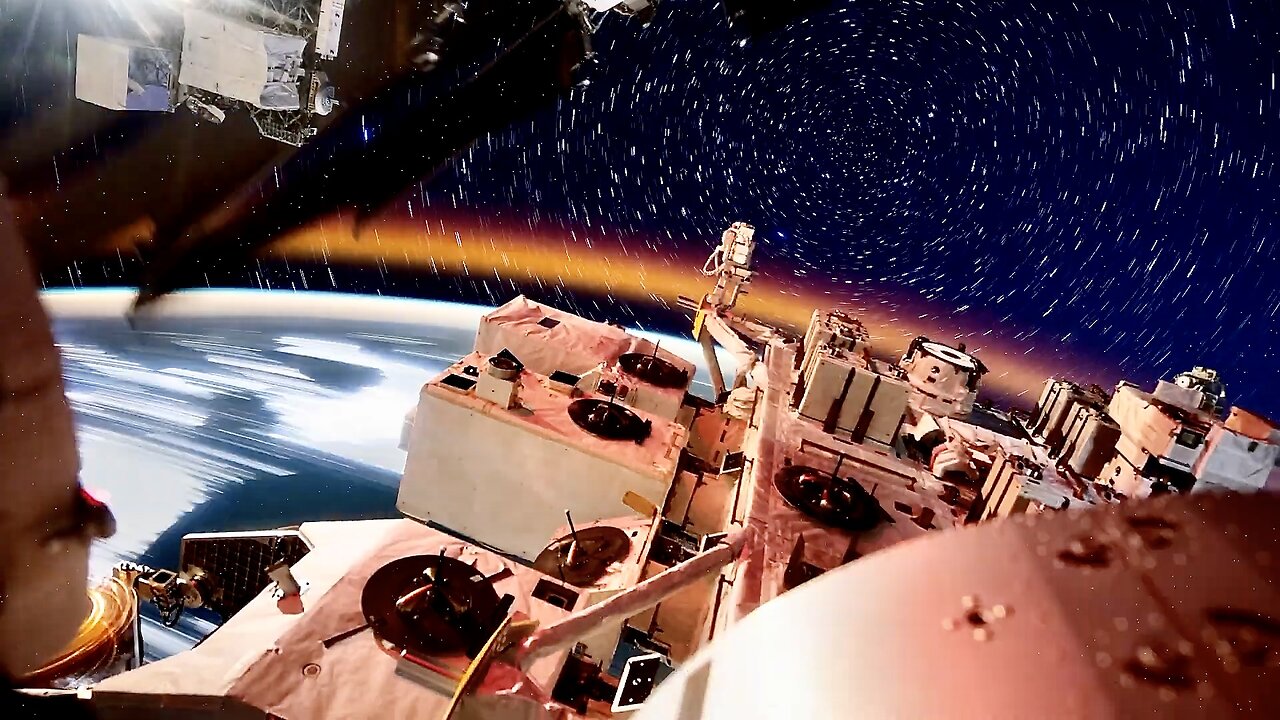
Interesting Experiments On ISS - International Space Station
NASA’s SpaceX Crew-9 mission with astronauts Nick Hague, Butch Wilmore, and Suni Williams, and Roscosmos cosmonaut Aleksandr Gorbunov, is preparing to return to Earth following their science mission aboard the International Space Station. Hague, Williams, and Wilmore completed more than 900 hours of research between over 150 unique scientific experiments and technology demonstrations during their stay aboard the orbiting laboratory.
NASA’s SpaceX Crew-9 mission with agency astronauts Nick Hague, Butch Wilmore, and Suni Williams, and Roscosmos cosmonaut Aleksandr Gorbunov is preparing to return to Earth following their science mission aboard the International Space Station. Hague, Williams, and Wilmore completed more than 900 hours of research between more than 150 unique scientific experiments and technology demonstrations during their stay aboard the orbiting laboratory.
Here’s a look at some scientific milestones accomplished during their journey:
Mighty microalgae
NASA astronaut Nick Hague processes samples for Arthrospira C, an investigation from ESA (European Space Agency) that transplants and grows Arthrospiramicro-algae aboard the International Space Station. These organisms conduct photosynthesis and could be used to convert carbon dioxide exhaled by crew members into oxygen, helping maintain a safe atmosphere inside spacecraft. Arthrospira also could provide fresh food on long-duration space missions.
Hague, wearing a red t-shirt, khaki pants, and a black headband, faces a blue worktable. In his right hand he holds a metal box about the size of a box of tissues with red panels and white wiring on the front. A laptop is attached to his pants and multiple wires, cords, equipment, and laptops are visible behind him.
Improving astronaut exercise
Researchers are testing the European Enhanced Exploration Exercise Device (E4D), a modular device that combines cycling, rowing, and resistance exercises to help keep crews healthy on long-duration missions. A single, small device effective at countering bone and muscle loss and improving cardiovascular health could help crew on future missions. NASA astronaut Butch Wilmore works on installing the device aboard the International Space Station ahead of its evaluation.
Garden watering
This red romaine lettuce growing in the International Space Station’s Advanced Plant Habitat is part of Plant Habitat-07, a study of how different moisture levels affect the microbial communities in plants and water. Results could show how less-than-ideal conditions affect plant growth and help scientists design systems to produce safe and nutritious food for crew members on future space journeys.
Packing it in
Packed bed reactors are systems that “pack” materials such as pellets or beads inside a structure to increase contact between any liquids and gasses flowing through it. NASA astronaut Suni Williams installs hardware for the Packed Bed Reactor Experiment: Water Recovery Series (PBRE-WRS) investigation, which examines how gravity affects these systems aboard the International Space Station. Results could help scientists design better reactors for water recovery, thermal management, fuel cells, and other applications.
Fueling the flames
During the Residence Time Driven Flame Spread (SOFIE-RTDFS) investigation at the International Space Station, this sheet of clear acrylic plastic burns at higher oxygen levels and half the standard pressure of Earth’s atmosphere. From left to right, the image sequence shows a side and top view of the fuel and the oxygen slowly diffusing into the flame. Studying the spread of flames in microgravity could help improve safety on future missions.
Monitoring microbes in space
During a recent spacewalk, NASA astronaut Butch Wilmore swabbed the exterior of the International Space Station for ISS External Microorganisms, an investigation exploring whether microorganisms leave the spacecraft through its vents and, if so, which ones survive. Humans carry microorganisms along with them wherever they go, and this investigation could help scientists take steps to limit microbial spread to places like the Moon and Mars.
#science #adventure #space
-
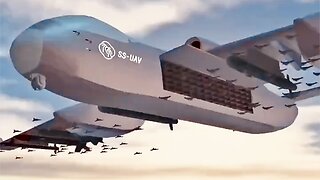 6:44
6:44
Seeker Land
2 months agoChina's New Deadly Drone Mothership - Jiu Tian - World's First Airborne UAV Launcher
127 -
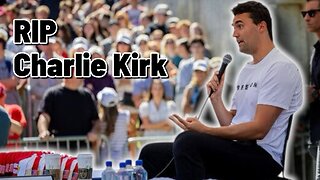 2:47:25
2:47:25
BlackDiamondGunsandGear
9 hours agoAfter Hours Armory / RIP Charlie Kirk / What we know
49.5K8 -
 29:09
29:09
Afshin Rattansi's Going Underground
1 day agoThe Political Life of Malcolm X: Busting the Myths (Prof. Kehinde Andrews)
57K16 -
 2:47:25
2:47:25
DLDAfterDark
10 hours ago $7.02 earnedThe Assassination of Charlie Kirk - Just What We KNOW
35.4K8 -
 1:33:56
1:33:56
MattMorseTV
11 hours ago $41.47 earned🔴Exposing his PARTNER IN CRIME.🔴
88.8K293 -
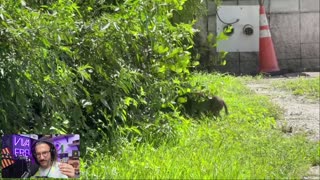 1:26:51
1:26:51
vivafrei
15 hours agoCharlie Kirk Assassination - When Peaceful Discussion Becomes Impossible - With Jose Vege
109K263 -
 2:04:12
2:04:12
Mally_Mouse
1 day ago🌶️ 🥵Spicy BITE Saturday!! 🥵🌶️- Let's Play: Supermarket Together
54.3K4 -
 1:15:37
1:15:37
BooniesHQ
15 hours ago $7.56 earnedGame Of SKATE Donny Hixson Vs. Chris Massie: Boonies Skate Night 2
70.5K8 -
 2:56:25
2:56:25
Barry Cunningham
16 hours agoTHE TAKING OF CHARLIE KIRK HAS IGNITED A FLAME! AND A BREAKING (BUT NOT SHOCKING) UPDATE!
121K126 -
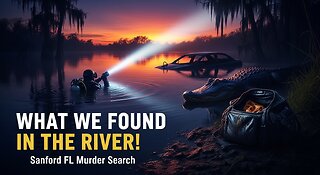 9:38
9:38
Exploring With Nug
19 hours ago $3.91 earnedSearching Florida Waters for a Missing Murder Victim’s Car | Alligator Encounter!
47.4K1